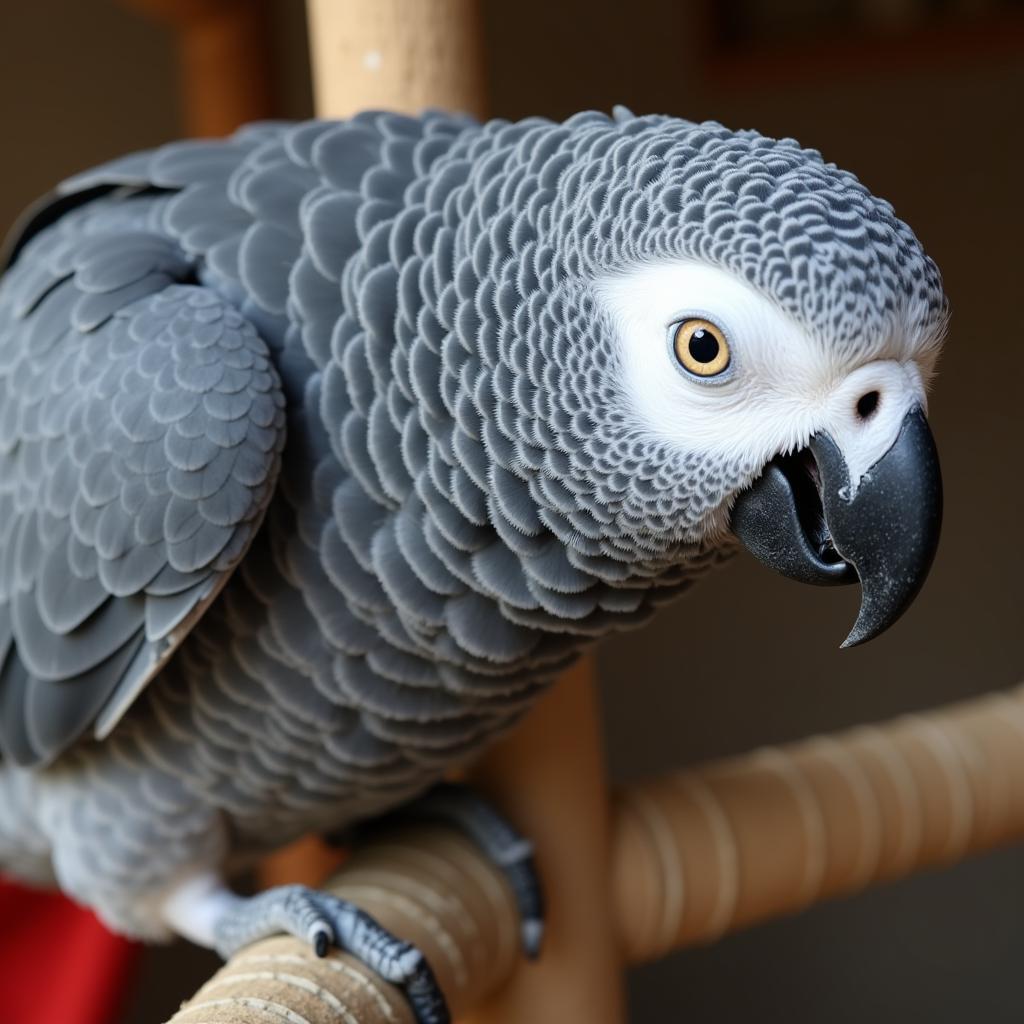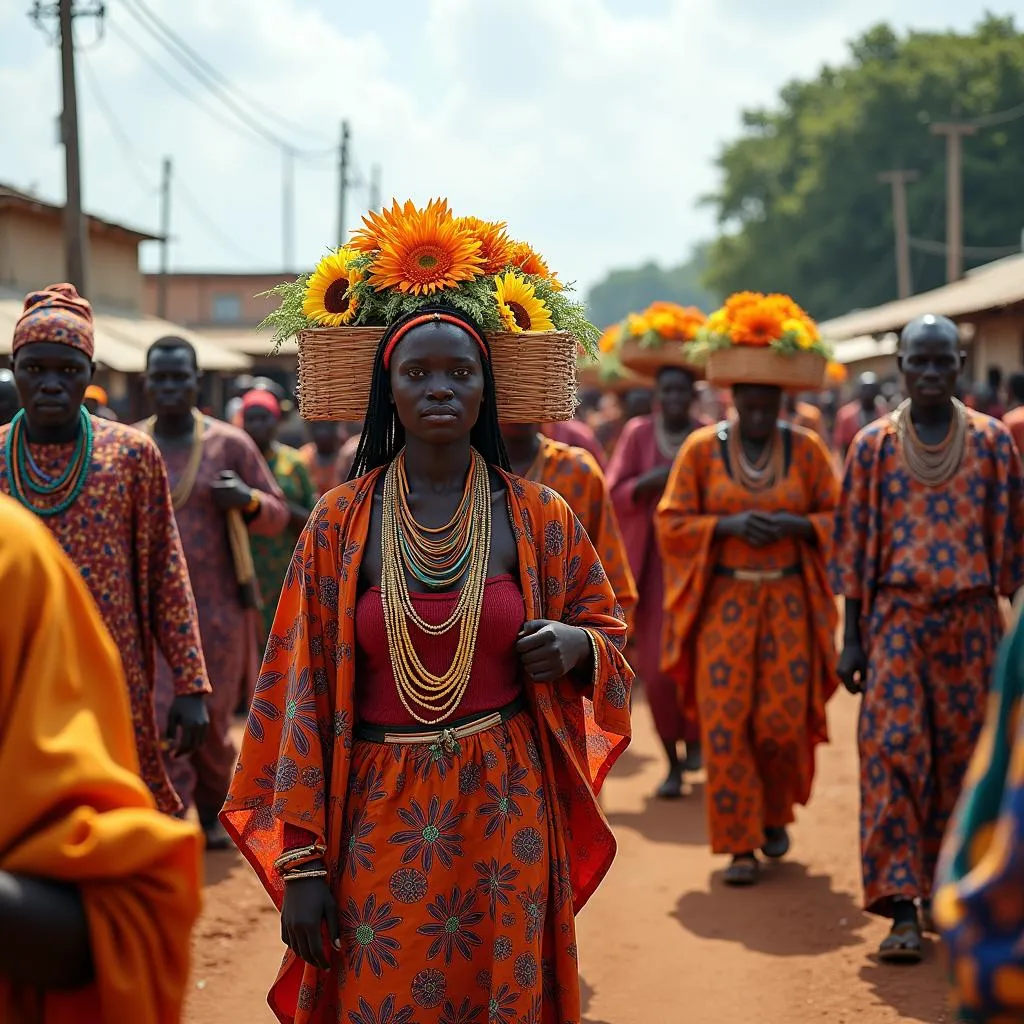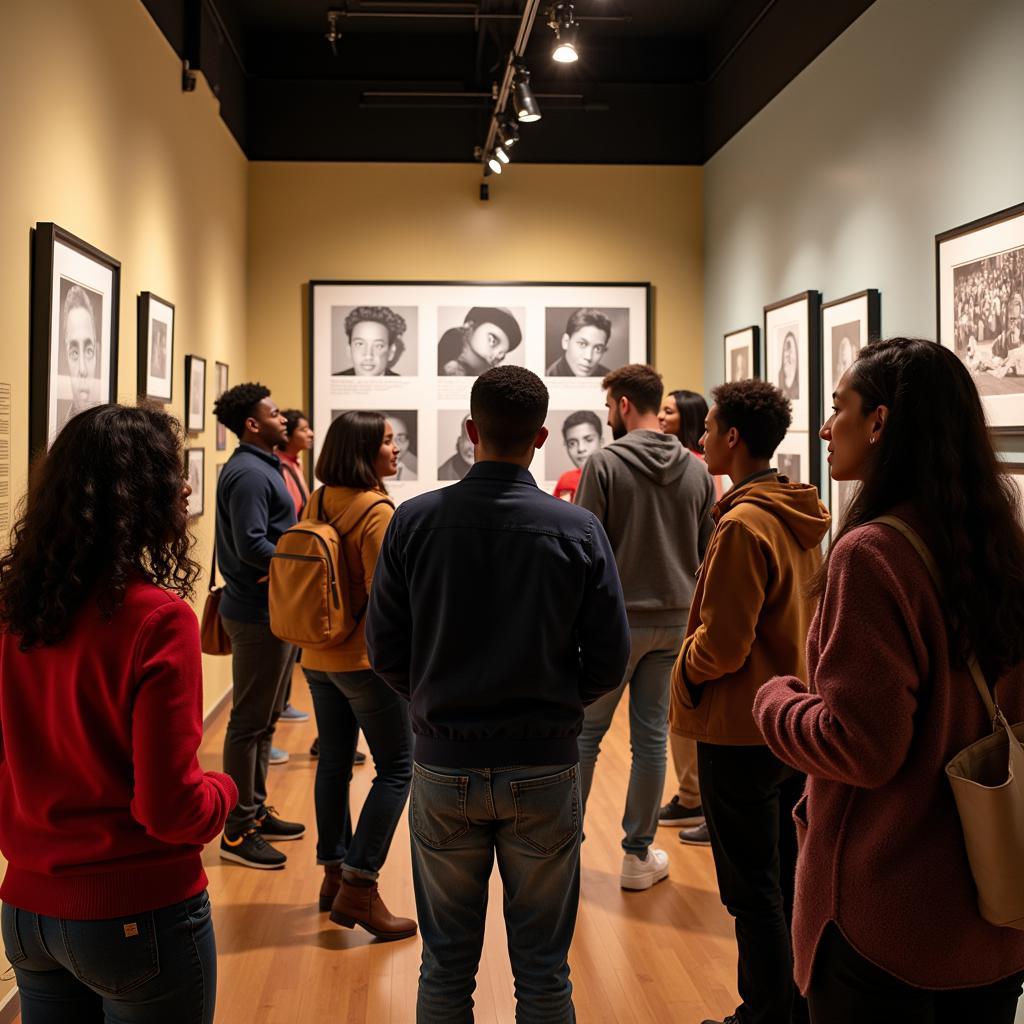Understanding the African Gray Parrot Age
The African gray parrot’s age is a crucial factor to consider when welcoming one into your home. Whether you’re acquiring a young chick or a mature bird, understanding their lifespan and the changes that occur throughout their life stages is essential for providing the best possible care. This article will delve into the fascinating world of African gray parrot aging, exploring everything from determining their age to providing age-appropriate care.
How to Determine an African Gray Parrot’s Age
Determining the precise age of an African gray parrot can be challenging, especially once they reach adulthood. While younger birds often exhibit telltale signs of their age, mature birds can be more difficult to pinpoint.
For young birds, look at the color of their irises. A dark grey or black iris usually indicates a bird under two years old. As they mature, the iris lightens to a pale yellow or silver.
Other factors such as feather condition and overall size can also provide clues. However, for a definitive answer, DNA testing is the most accurate method. This scientific approach helps provide clarity, particularly when adopting an older bird.
The African Gray Parrot Lifespan and Life Stages
African gray parrots are renowned for their exceptional longevity, often outliving their human companions. With proper care, these intelligent birds can live for 50 to 80 years, and even longer in some cases. This extended lifespan is divided into several key stages, each with its own unique characteristics and care requirements.
Chickhood (0-1 year)
This initial stage is marked by rapid growth and development. Chicks are entirely dependent on their parents or human caregivers for food, warmth, and protection. They gradually transition from a downy covering to juvenile plumage and begin exploring their environment with increasing curiosity.
Juvenile Stage (1-4 years)
During the juvenile phase, the African gray parrot’s distinct personality begins to emerge. They become increasingly vocal, mimicking sounds and learning to talk. This stage is crucial for socialization and training, as it lays the foundation for their future behavior. Providing stimulating toys and consistent interaction during this period is vital for their mental and emotional well-being.
Adulthood (4+ years)
Once they reach adulthood, African gray parrots become more independent and establish their place within their social group. They continue to learn and refine their communication skills, often developing extensive vocabularies. Regular mental stimulation and a balanced diet are essential for maintaining their health and happiness throughout their long adult life. You may want to consider appropriate african grey foraging toys at this stage.
Dr. Anika Patel, a renowned avian veterinarian, emphasizes the importance of lifelong learning for these intelligent creatures. “Mental stimulation is not just for young parrots; it’s crucial for maintaining their cognitive function and preventing boredom throughout their lives.”
Senior Years (30+ years)
As African gray parrots enter their senior years, they may experience some physical and cognitive changes, similar to aging in humans. Their activity levels might decrease, and they might require adjustments to their diet and environment to accommodate their changing needs.  Senior African Gray Parrot Resting Regular veterinary checkups become increasingly important during this stage to monitor their health and address any age-related issues.
Senior African Gray Parrot Resting Regular veterinary checkups become increasingly important during this stage to monitor their health and address any age-related issues.
Professor Charles Mkwawa, a Tanzanian ornithologist, explains, “Providing a comfortable and stimulating environment for senior African grays is key to ensuring their quality of life during their golden years.” A suitable african gray parrot cage is essential.
Caring for an African Gray Parrot at Different Ages
Understanding the specific needs of each life stage is crucial for providing optimal care. Young birds require more frequent feedings and close monitoring, while adults benefit from a varied diet, regular exercise, and mental stimulation. For some inspiration, take a look at these african gray parrot hd images. Or perhaps these african gray parrot images. You can even learn about the different african grey parrot mutations.
Conclusion
The African gray parrot’s age is more than just a number; it’s a window into their life story. By understanding the various life stages and their accompanying needs, we can provide these remarkable creatures with the love, care, and enrichment they deserve throughout their long and fulfilling lives. Remember to consider the African Gray Parrot Age when making decisions about their care.
FAQ
- How long do African gray parrots live? (50-80 years, sometimes longer)
- How can I tell how old my African gray parrot is? (Iris color in young birds, DNA testing for accurate results)
- What are the different life stages of an African gray parrot? (Chickhood, juvenile, adulthood, senior)
- What kind of care do senior African gray parrots need? (Adjusted diet, comfortable environment, regular vet checkups)
- How can I provide mental stimulation for my African gray parrot? (Toys, interaction, training)
- What kind of cage is best for an African Gray? (Large, spacious cages with plenty of toys)
- Are there different types of African Gray Parrots? (Yes, Congo and Timneh are the main two)
Need further assistance? Contact us 24/7: Phone: +255768904061, Email: kaka.mag@gmail.com, Address: Mbarali DC Mawindi, Kangaga, Tanzania.



